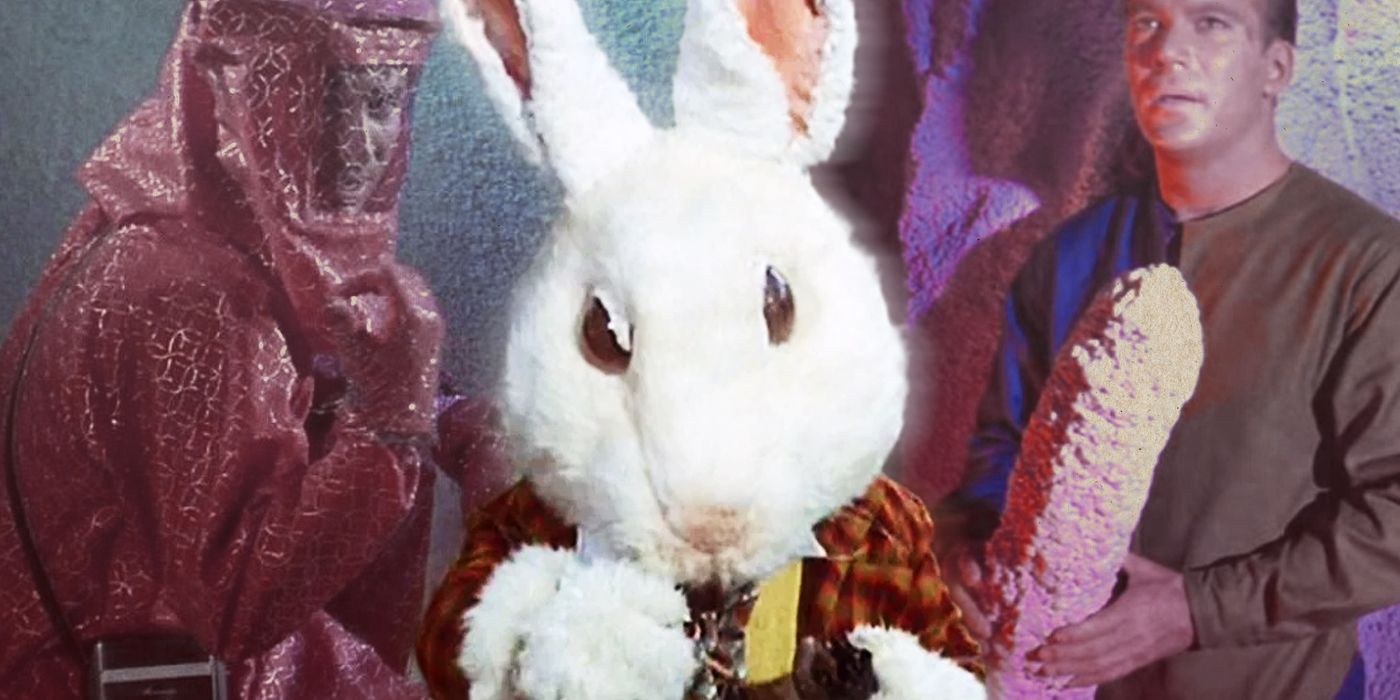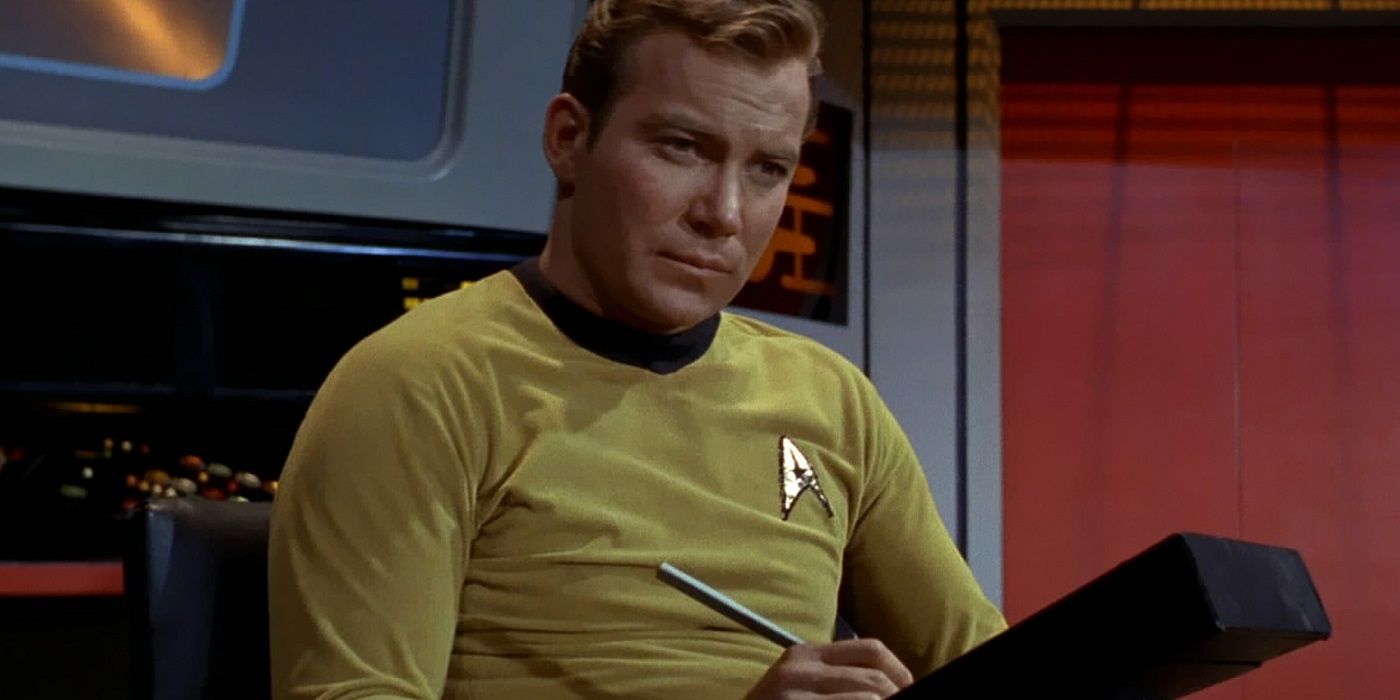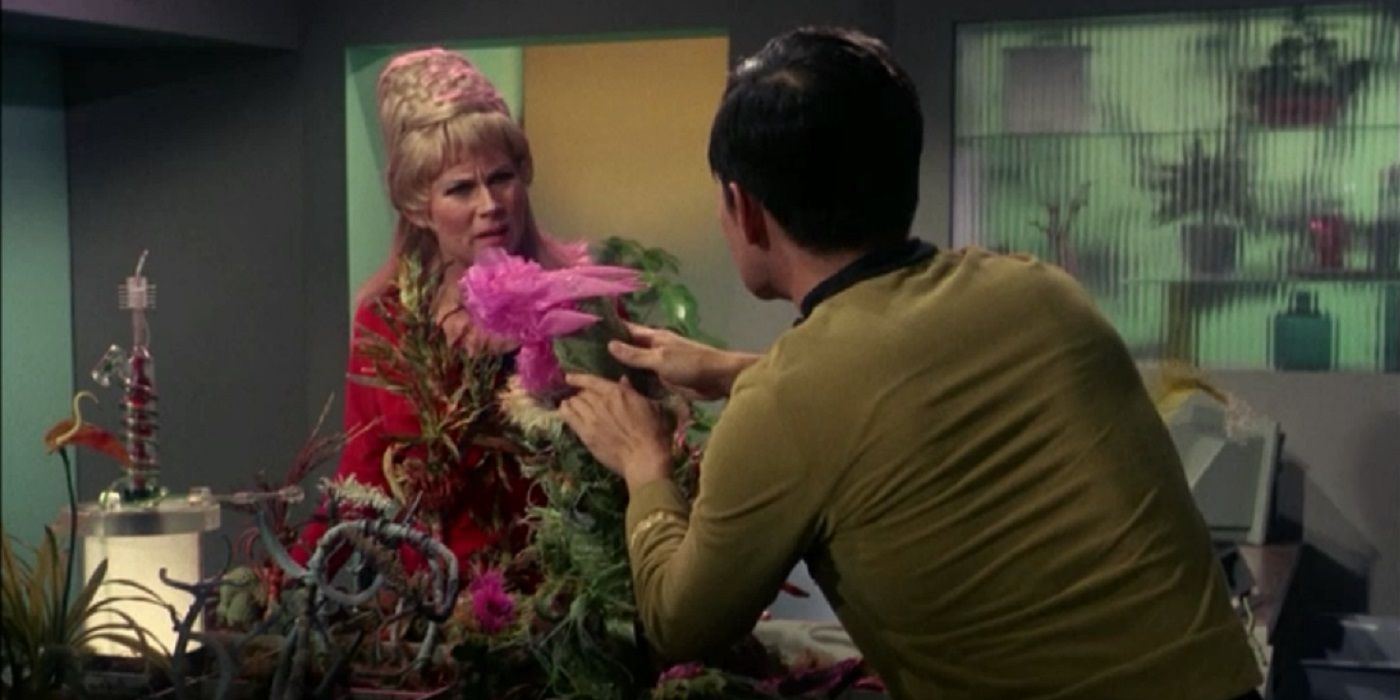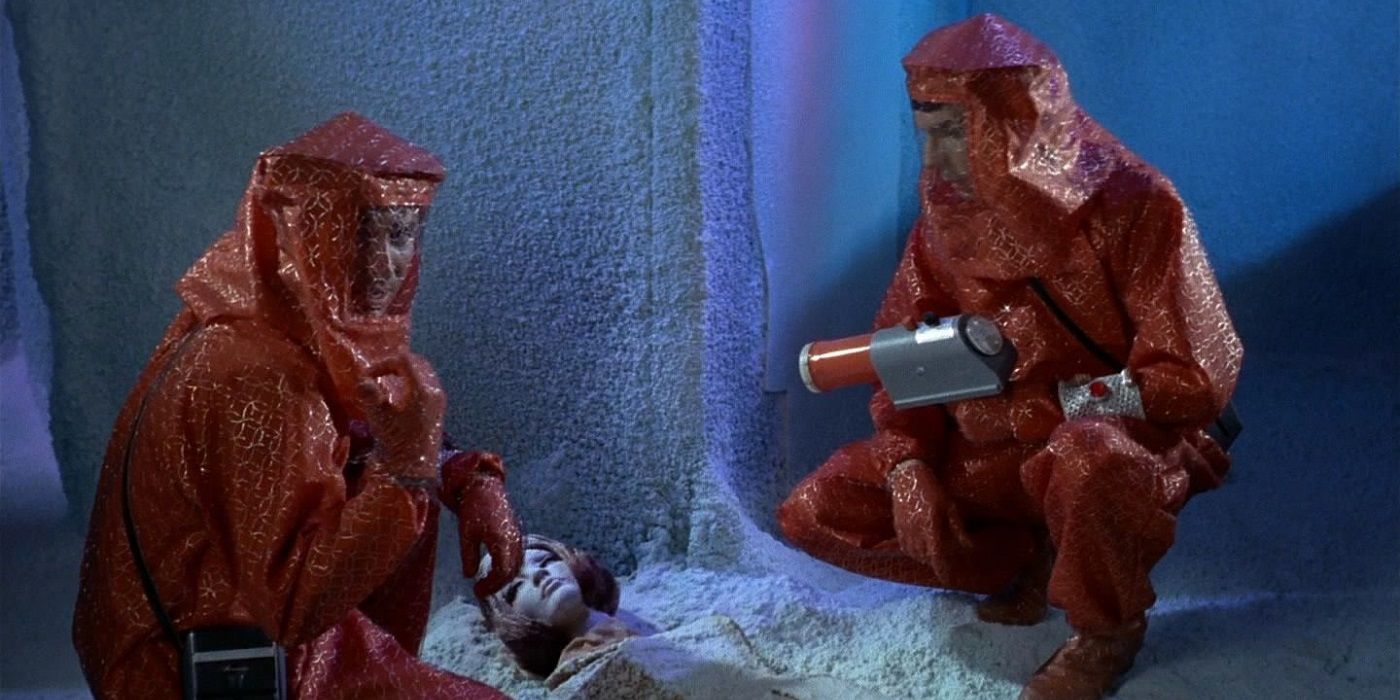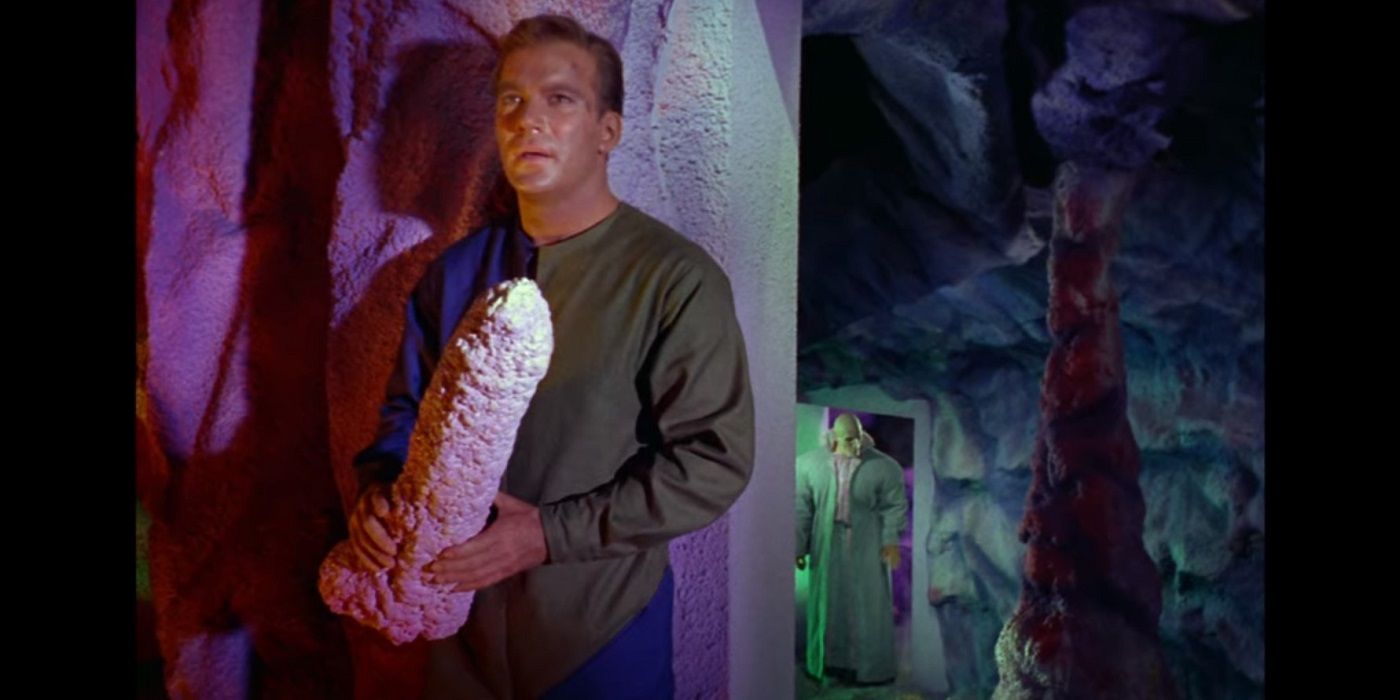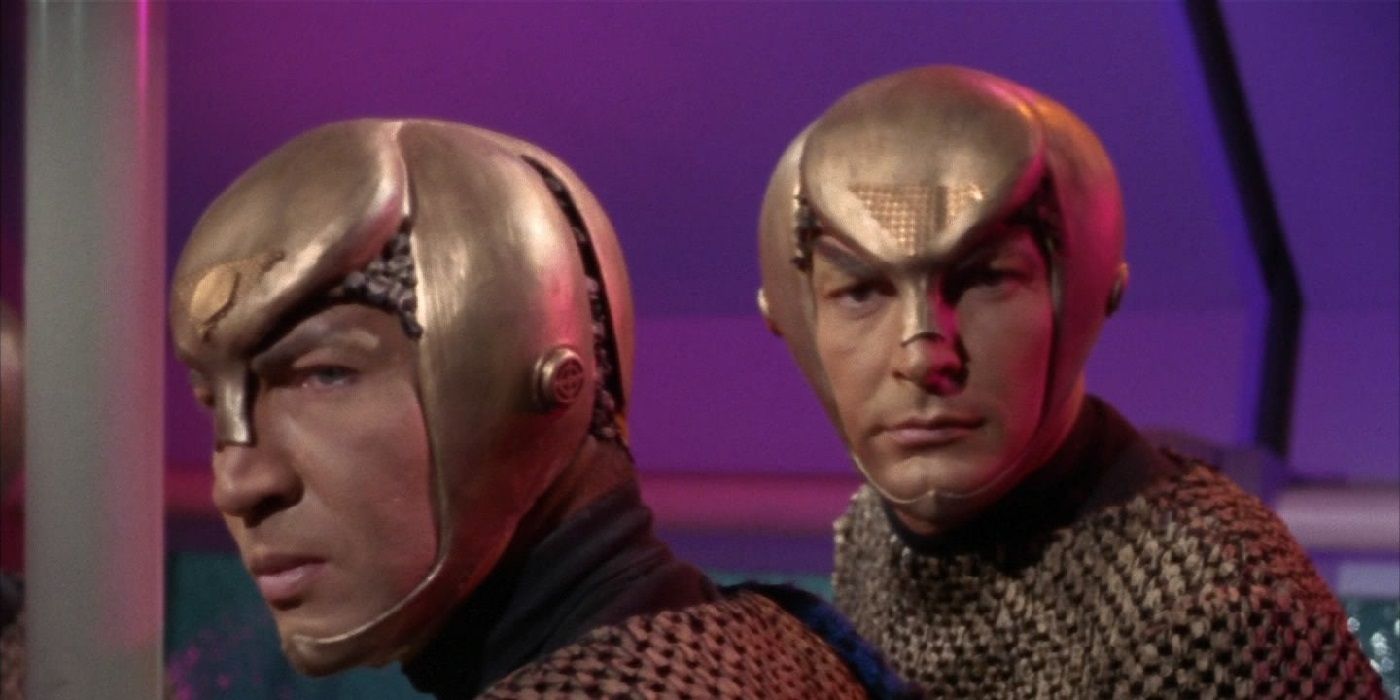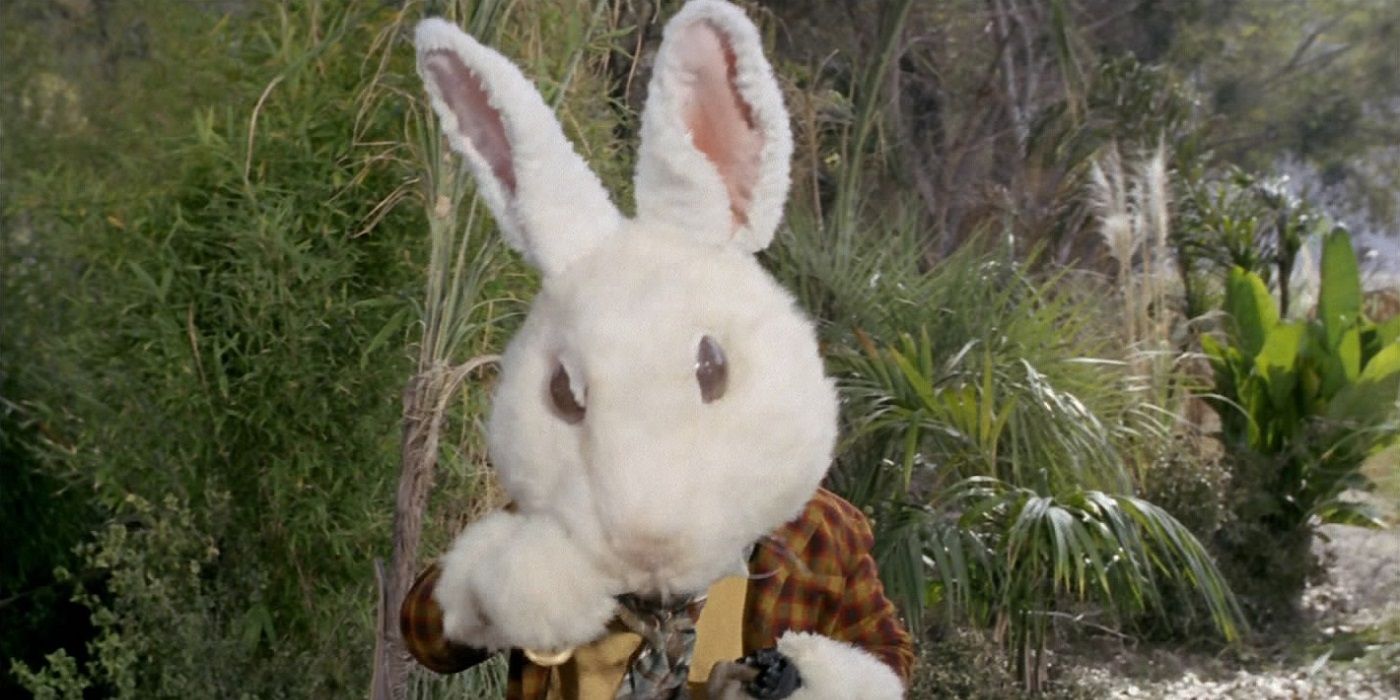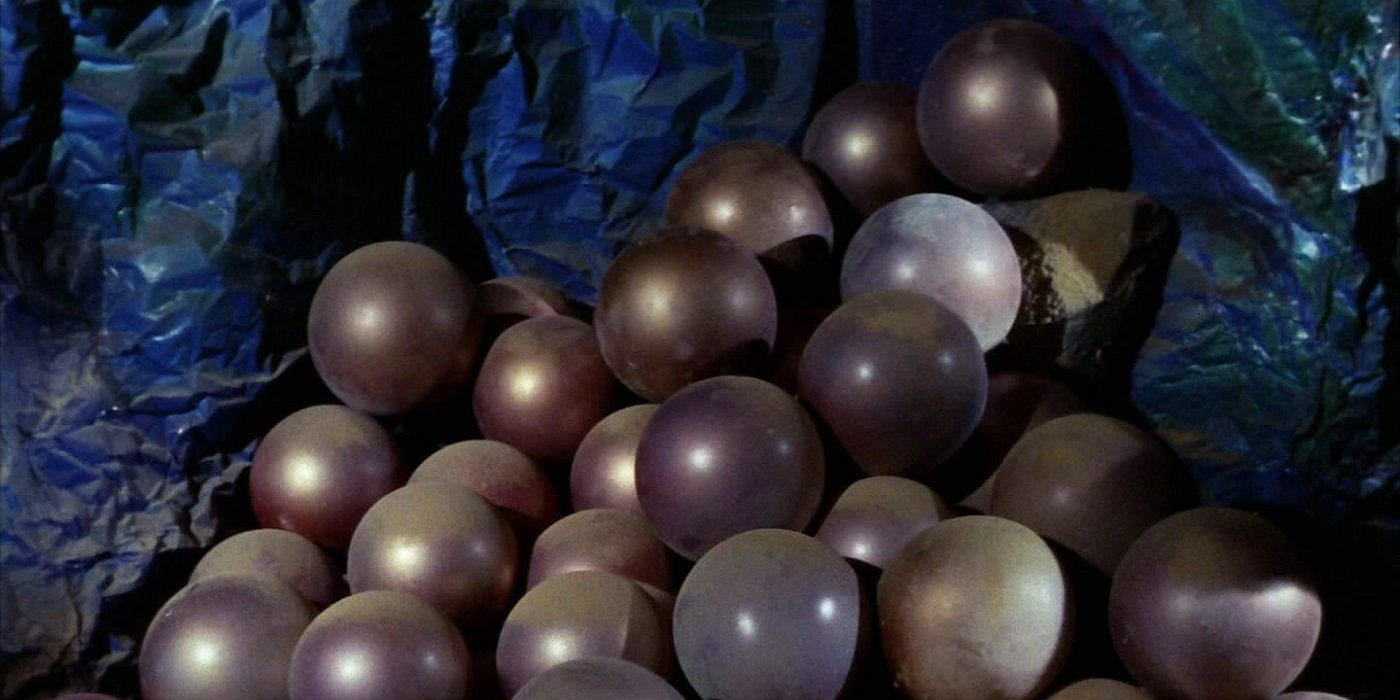As William Shatner infamously said, the original Star Trek was just a TV show -- at least during its original run. The producers had to operate within a strict budget, and science fiction was expensive to make. They didn't have unlimited resources because no one thought the show would go on beyond its original run. It was one hour of primetime television each week; the more the producers could save on props and costumes, the better. It could be seen on all levels of Star Trek's production, from redressed sets to costumes from old movies scrounged from storage.
That allowed them to spend more money on larger effects, such as shots of the Enterprise or the ubiquitous beaming footage, and since neither high-definition broadcasts nor wide-scale video recording existed in the 1960s, the flimsiness of certain lower-end props became much less noticeable. The advent of HD and similar features changed all of that, and what was once perfectly serviceable for a network show now looks a little silly. These props carry a charm with them, and the fact they could evoke so much with so little is a testament the strength of Star Trek's early world-building.
The props are ranked chronologically below, in order of their appearance on the show. Most appeared in the Star Trek's first season, since subsequent seasons often relied on existing props rather than building new ones.
PADDs, Entire Series
Personal Access Display Devices were the book-sized slates that Star Trek personnel used as hand-held interfaces. Technology has caught and surpassed the notion, and what they call PADDs, the rest of the world now calls tablets and personal devices. Nevertheless, they remain a staple of Star Trek equipment in every permutation, including Star Trek Discovery’s holoPADDs of the 32nd century. They’re as ubiquitous as the phasers and communicators, which makes their very humble origins even more intriguing. The PADDs on the original series were made from a children’s toy called a Magic Slate, framed with a box and fitted with a trio of lights to look more sophisticated.
Beauregard the Plant, “The Man Trap”
Puppetry was an easy way to portray plausible alien creatures without an excessive amount of money. Sometimes it worked. Beauregard, the moving plant that Sulu interacts with in Season 1, Episode 5, “The Man Trap,” is an obvious -- if still charming -- exception. Puppeteer Bob Baker performed Beauregard and invested it with some personality, but the prop was quite obviously a glove with a few pieces of material placed on it, with the puppeteer hidden by the excessively bulky table it's sitting on. Not surprisingly, “The Man Trap” featured a much more expensive monster – the salt vampire, which became one of the original series’ icons – and Beauregard’s rather shoddy effects may have been necessary to save money.
Shower Curtain EV Suits, “The Naked Time”
Star Trek’s EV suits have undergone a number of revisions over the years, but their beginnings were shaky. Season 1, Episode 6, “The Naked Time,” featured Spock and a redshirt donning biohazard suits while dealing with an onboard pandemic that caused the crew to lose their inhibitions. The suits were intended to look futuristic. Unfortunately, they were created by using plastic shower curtains. The effect shows, and the bright red outfits fail to convince anyone of anything other than a strapped production budget. The suits add to the episode's campy fun, but even the original series realized they wouldn’t work and designed new EV suits for subsequent appearances.
The Suggestive Stalactite, “What Are Little Girls Made of?”
Season 1, Episode 9, “What Are Little Girls Made Of?” features android duplicates and a mad scientist holding Kirk prisoner. Kirk attempts an escape with the giant android Ruk in pursuit, and breaks off a stalactite to use as a weapon. The prop itself is nothing extraordinary: the kind of lightweight material designed for safety and ease of use that often amounted to little more than plaster of paris. It likely wouldn’t elicit many laughs, save for its suggestive proportions and the manner that William Shatner holds it, which turns what’s intended to be a tense chase into an unintentionally risqué visual gag.
Romulan Helmets, “Balance of Terror”
The Romulan helmets in Season 1, Episode 8, “Balance of Terror,” were designed with chin straps and elaborate protrusions down the sides. It made them look ridiculous, but the design stuck and the helmets were re-used for the Vulcan guards in Season 2, Episode 5, “Amok Time.” The similarities make sense in the Star Trek universe, given the close genetic and cultural links between Vulcans and Romulans. But there was a simpler, cost-cutting reason for making the helmets look like that: they covered the actors’ ears, which meant they didn't need pointed ears added, and therefore no time and expense spent on make-up.
The White Rabbit, “Shore Leave”
Season 1, Episode 17, “Shore Leave,” had a whimsical premise about a planet whose alien technology can bring any thought to life. It was a protean version of the holodeck, and managed to evoke the proper sense of the fantastical on a very limited budget. That included an appearance by the White Rabbit from Alice in Wonderland, looking very much like an Easter bunny costume that the show had repurposed. As it turns out, that wasn’t too far from the truth. In an interview with StarTrek.com, actor Billy Blackburn, who played the White Rabbit and also worked as a professional figure skater, revealed that he got the costume free from the Ice Capades.
Horta Eggs, “The Devil in the Dark”
The Horta – the iconic alien from Season 1, Episode 26, “The Devil in the Dark” – was designed without a clear idea of what purpose it would serve in the story. According to The World of Star Trek, producer Gene Coons wrote the script around the costume because he was so taken with the design. That probably left little room in the budget for the creature’s eggs, which were key to the plot: a Federation mining colony was destroying them, bringing them into conflict with the creature. The production bought dozens of children’s bouncing balls and painted them gold, then piled them together to resemble spider’s eggs.

